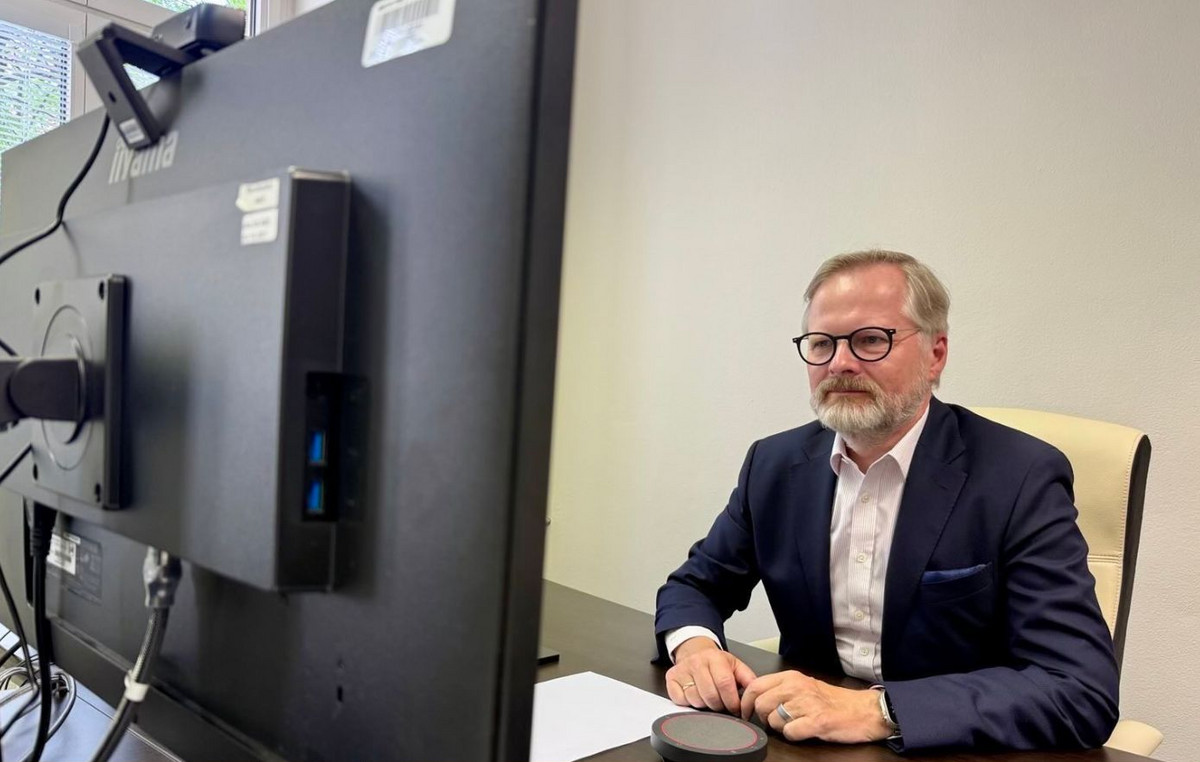If you come across Brad Pitt , it is likely that he will not recognize you a second time. That’s because the award-winning actor claimed in a new interview with GQ that he suffers from face blindness, also known as prosopagnosia, causing him to struggle to remember people’s faces.
Although he has not been officially diagnosed, Pitt, 58, says he believes so. “Nobody believes me!” he said. “I want to meet another [pessoa com isso]”.
Pitt told GQ he wants to remember the people he knows and fears his struggle has given people the impression that he is distant.
The actor opened up about suffering from this condition in 2013, telling Esquire that’s why he stays at home so much.
What is prosopagnosia
Prosopagnosia is a neurological disorder that can make it difficult for people to recognize even family members or friends, according to the US National Institutes of Health. Treatment includes developing other strategies for recognizing people, such as focusing on their voice.
Research shows that the disease can affect up to 1 in 50 people to some degree.
There are degrees of disability that prosopagnosia produces. Some people may have trouble recognizing a familiar face or distinguishing between several familiar faces. But others may not be able to distinguish between unrecognized faces, not distinguish a face from an object, or some may not recognize their own features.
What is the treatment of prosopagnosia?
“The focus of any treatment should be to help the individual with prosopagnosia develop compensatory strategies,” explains the US National Institute of Neurological Disorders and Stroke at the National Institutes of Health (NIH).
“Adults who have the disease as a result of stroke or brain trauma can be trained to use other ways to identify people,” he adds.
Prosopagnosia can be “socially disabling”.
Voice, clothing, or specific physical attributes may be elements that people with this neurological disorder can use to recognize people. “But they’re not as effective as recognizing a face,” says the NIH.
Some children are born with this disorder, and among adults it can be the result of a stroke or brain trauma.
Source: CNN Brasil







